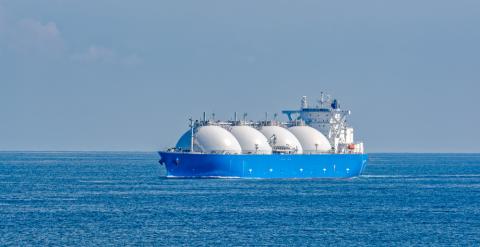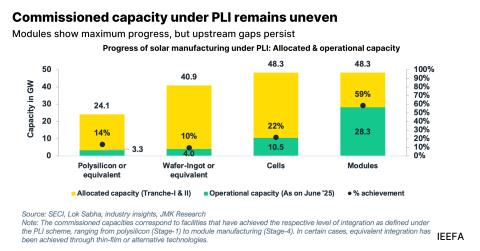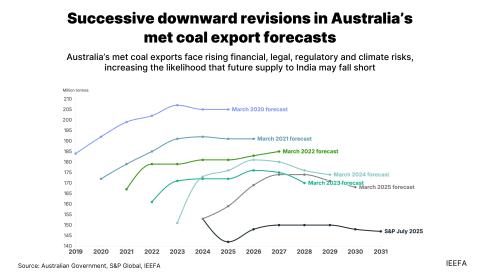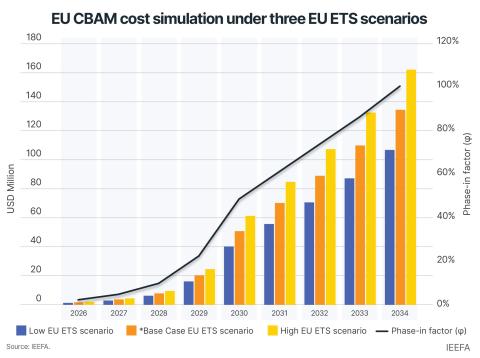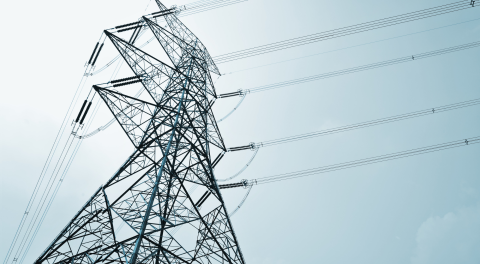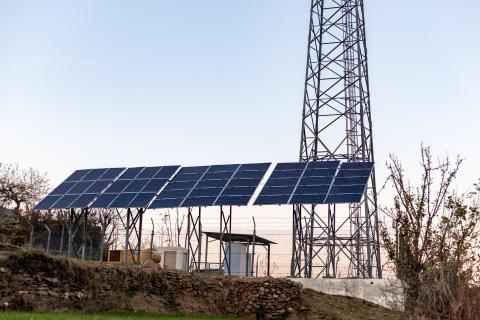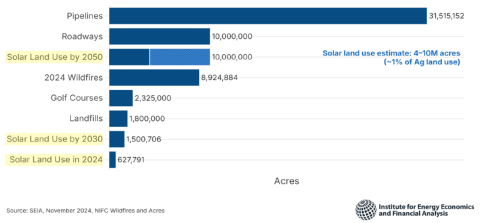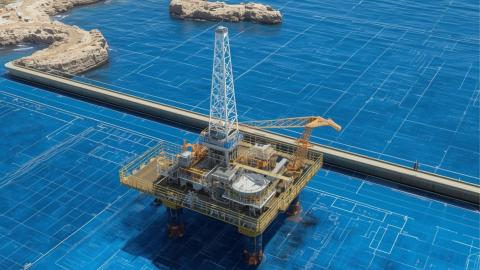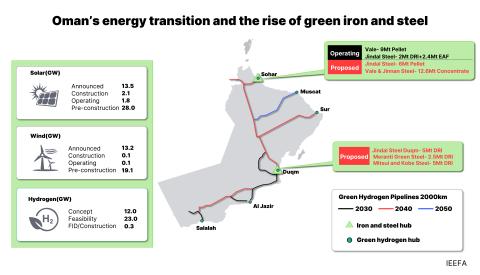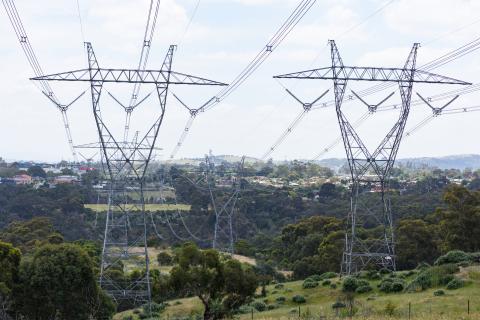LNG build-out in Mexico based on U.S. gas: Rising risks for consumers in the U.S. and Mexico
Download Full Report
View Press Release

Key Findings
Building new LNG export terminals in Mexico could raise the price of both natural gas and electricity for Mexican consumers and businesses.
The growth of LNG exports will increase price volatility in North American energy markets, making it harder for homes, businesses and industries to plan their energy purchases.
Global markets may soon have an oversupply of LNG, presenting market risks for new LNG projects proposed to be built in Mexico.
The Mexican LNG industry faces the potential for disruption by forces outside of Mexico’s control, including extreme weather as well as trade, regulatory, and legal decisions in the U.S.
Executive Summary
North America’s liquefied natural gas (LNG) boom jeopardizes the long-term stability of the continent’s gas and electricity markets, threatening to increase consumer gas and utility bills in both the United States and Mexico.
At the start of 2016, there were no active LNG export terminals in North America. Fast forward to today, and the U.S. has skyrocketed to the top of the global LNG export leaderboard, overtaking industry giants Australia and Qatar in 2023 and expanding its lead in 2024. To date, the U.S. has opened eight massive LNG export terminals—industrial behemoths capable of shipping out almost 15 percent of the nation’s total gas production. One Mexican terminal that relies on U.S. gas came online last year, and a second Mexican LNG project is under construction. The LNG industry hopes to further expand its footprint, with dozens of new projects proposed on the U.S. Gulf Coast and on Mexico’s Pacific coast.
The meteoric rise in LNG exports has exposed North America to the increased volatility and higher prices of global gas markets, raising serious concerns for the proposed buildout of Mexican LNG export terminals:
- Ramping up LNG exports will likely make both gas and electricity more expensive in Mexico.
- Rising LNG exports can destabilize Mexican gas and electricity markets, creating more volatility and undermining the ability of Mexican businesses to count on predictable energy prices.
- Global markets may soon have an oversupply of LNG, posing market risks for new LNG projects in Mexico.
- Proposed Mexican LNG projects can be disrupted by forces outside Mexico’s control, including extreme weather, regulatory or political disruptions, and LNG market manipulation.
Analyses by U.S. government agencies and independent experts consistently find that that the growth of U.S. LNG exports will raise wholesale gas prices in the interconnected North American gas market, comprising much of the U.S. and Mexico. These price increases would create a major transfer of wealth from gas purchasers, including homes, businesses, and electric utilities that buy gas, to oil and gas producers located primarily in the U.S. The gas industry rarely talks publicly about these risks. But Mexican gas consumers and policymakers should be fully cognizant of the hazards that LNG exports pose to the stability of North American energy markets, and should be wary of the LNG industry’s plans to build additional export terminals in Mexico.




